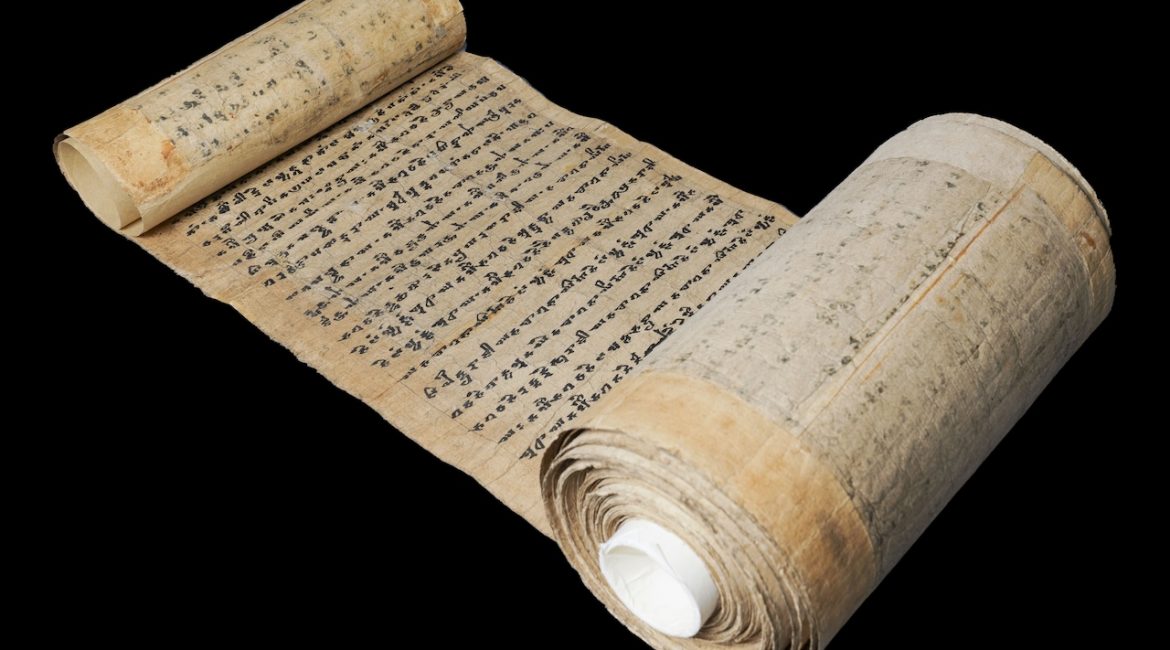Scroll in Sanskrit and Khotanese, over 21m long, embellished with an opulent silk painting, 943 CE – IOL Khot S 46 (c) British Library
From 27 September 2024 to 23 February 2025, the British Library (BL) in London is holding a new exhibit titled “A Silk Road Oasis.” The press release invites visitors to, “Step into the ancient town of Dunhuang, a once bustling town on the famous Silk Road, to meet the people who lived, travelled through, worked and worshipped there.”
The world’s earliest dated and complete printed book, the Diamond Sutra, is one of the most prized items in the British Library collection. It is also one of the most important Mahayana Buddhist sutras in East Asia. It will be included as part of this new exhibit, along with other precious textual treasures like the Old Tibetan Annals, which is the earliest surviving historical document in the Tibetan language (and which gives a detailed account of the era of the Tibetan Empire between 641 and 764). Other exquisite items include the Dunhuang star chart, which is the earliest known astronomical map of the heavens from a civilization.
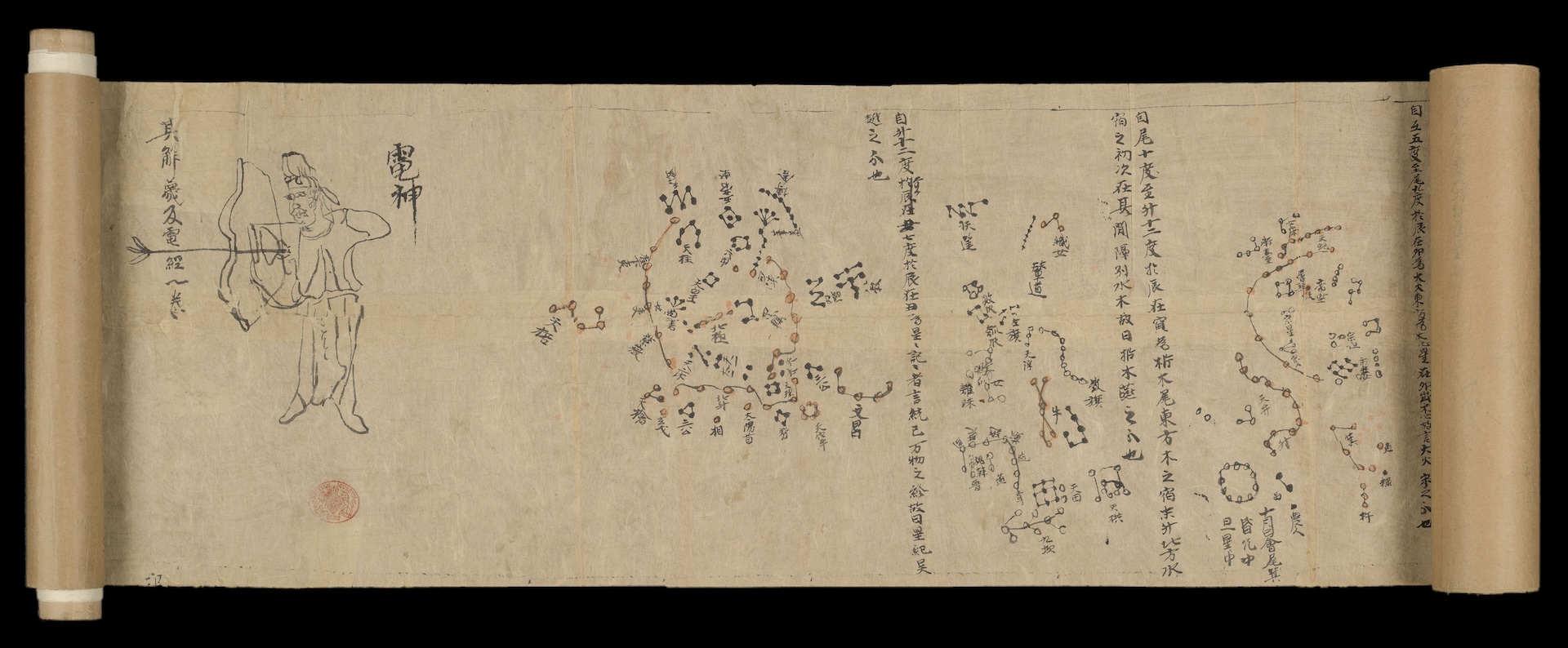
The exhibit is displayed in several thematic sections, each embodying a certain personality or character that would have used the displayed items:
“The Cave” (in reference to Cave 17, or the Library Cave),
“The Merchant,”
“The Diplomat,”
“The Fortune-teller,”
“The Lay Buddhist,”
“The Buddhist Nun,”
“The Scribe,”
“The Printer,” and:
“The Artist.”
Sino-Tibetan civilization is only one cultural complex featured at Dunhuang. The town was famous for being one of the earliest multicultural hubs along the overland, winding networks of “silk routes” between the Mediterranean and China. “A Silk Road Oasis” features a 9th century manuscript fragment discussing the Zoroastrian prophet Zarathustra or Zoroaster (almost 400 years older than any other extant Zoroastrian text). The oldest surviving manuscript in Old Turkic script (9th century), an extremely special divination text known as the Irk Bitig or “Book of Omens,” is also here. One of the earliest dated items is a pair of letters written in early Sogdian, which date from the 4th century. And the Uyghur culture is also represented with a core and complete manuscript among the Old Uyghur texts, the Xuastuanift, a confessional book for Manichaean adherents.
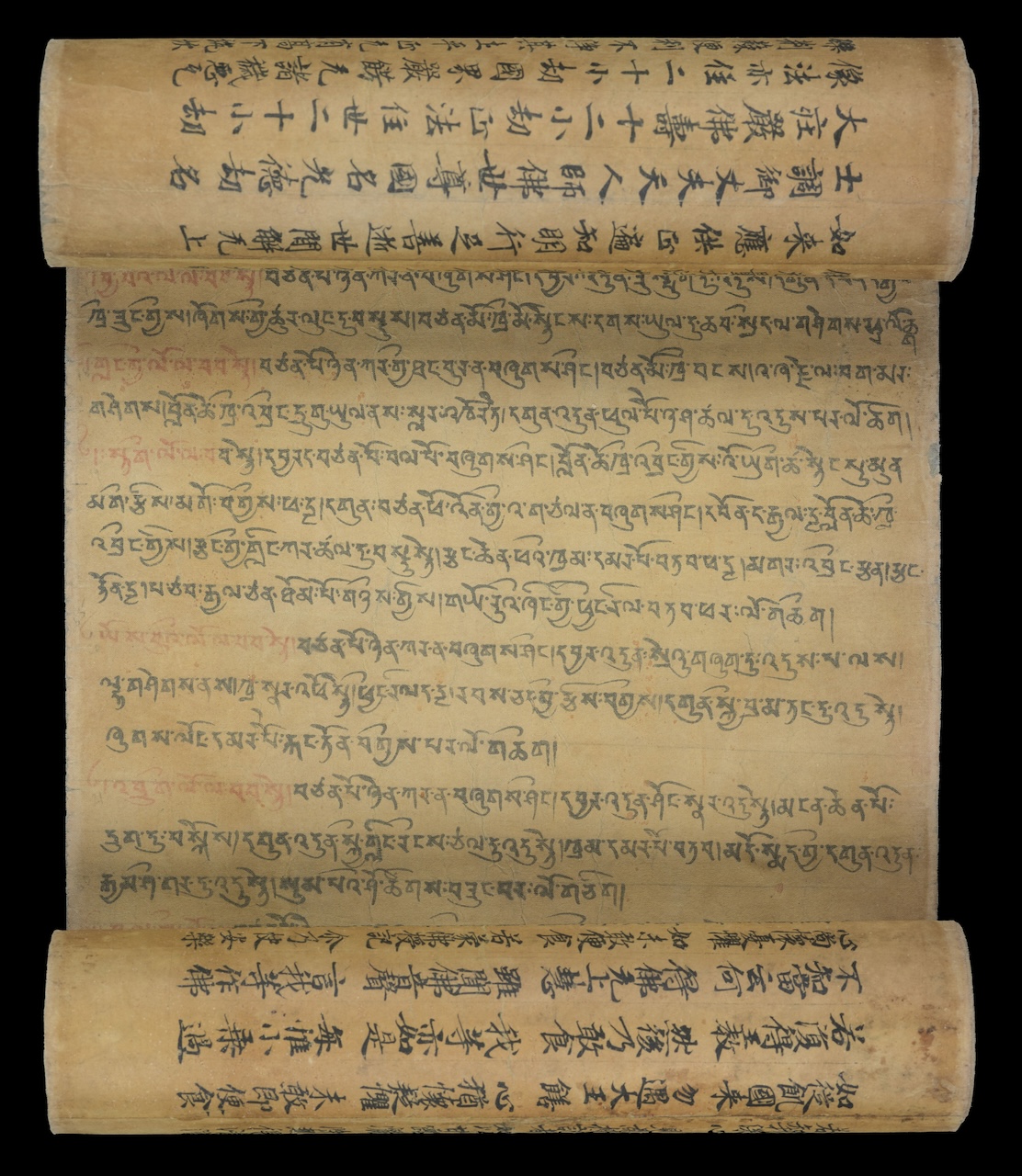
Other fascinating items include a government almanac that shows the 12 spirits of the zodiac animals in Chinese astrology, a Diamond Sutra copy written in blood (on display for the first time), and a stunning 21 meter-long scroll with an opulent silk painting from the 10th century in Sanskrit and Khotanese.
All these texts (and others to be revealed at the exhibit) are extremely precious and critical to our understanding of multiple time periods that shaped Dunhuang, with Dunhuang in turn shaping the relevant religious, cultural, and socio-political communities. For complex historical reasons, the town was uniquely placed to be a safe repository or storage place for manuscripts that, in our time, serve as precious time capsules for eras long gone, with much of the material and textual evidence of those times destroyed or yet to be found.
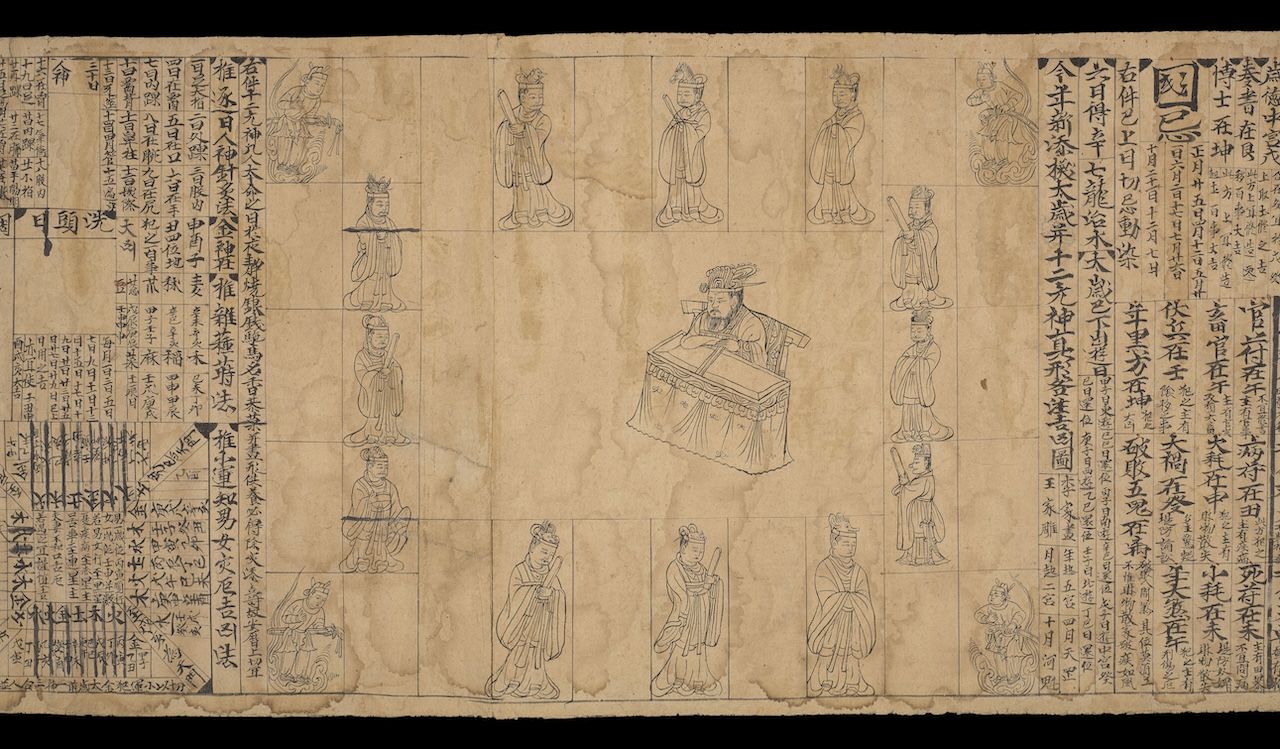
This exhibit is one in an ongoing lineup of events with the British Library that have showcased the aesthetic beauty and historical, cultural, and spiritual significance of manuscript texts.
“A Silk Road Oasis” was curated by Mélodie Doumy and supported by the Klein Family Foundation and the Dunhuang Foundation. In BDG’s upcoming coverage series, we will interview the curator about some of the most fascinating items at the exhibit, and also review the “A Silk Road Oasis” exhibit book in two separate features. We will also tell the story, through a series of blog posts, stories of the “characters” featured as the thematic sections of the exhibit.
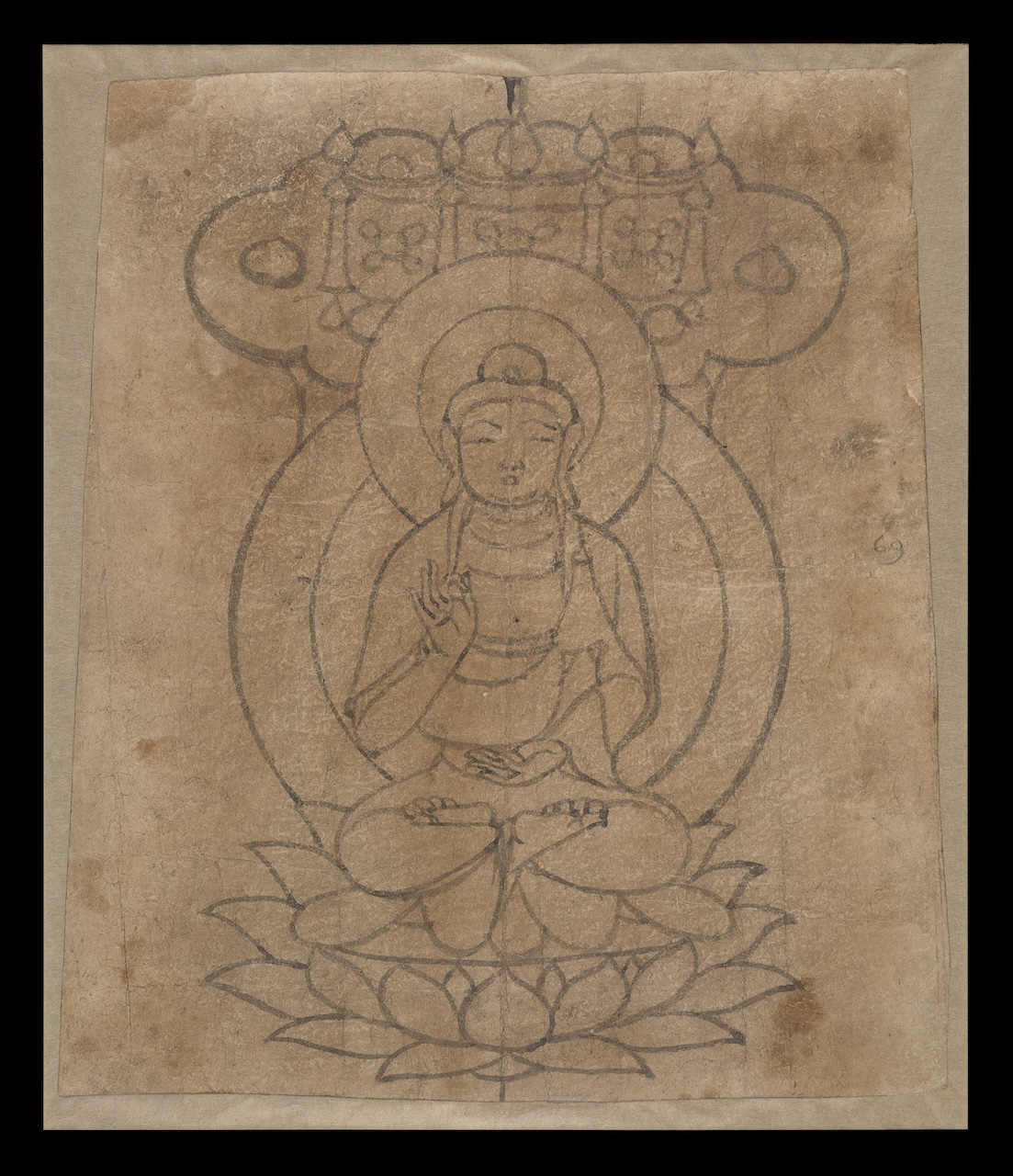
See more
A Silk Road Oasis: Life in Ancient Dunhuang
Related features from BDG
The Heart of Gold in Buddhism and Christianity: Splendor and Sacrality at the British Library
Related blog posts from BDG


